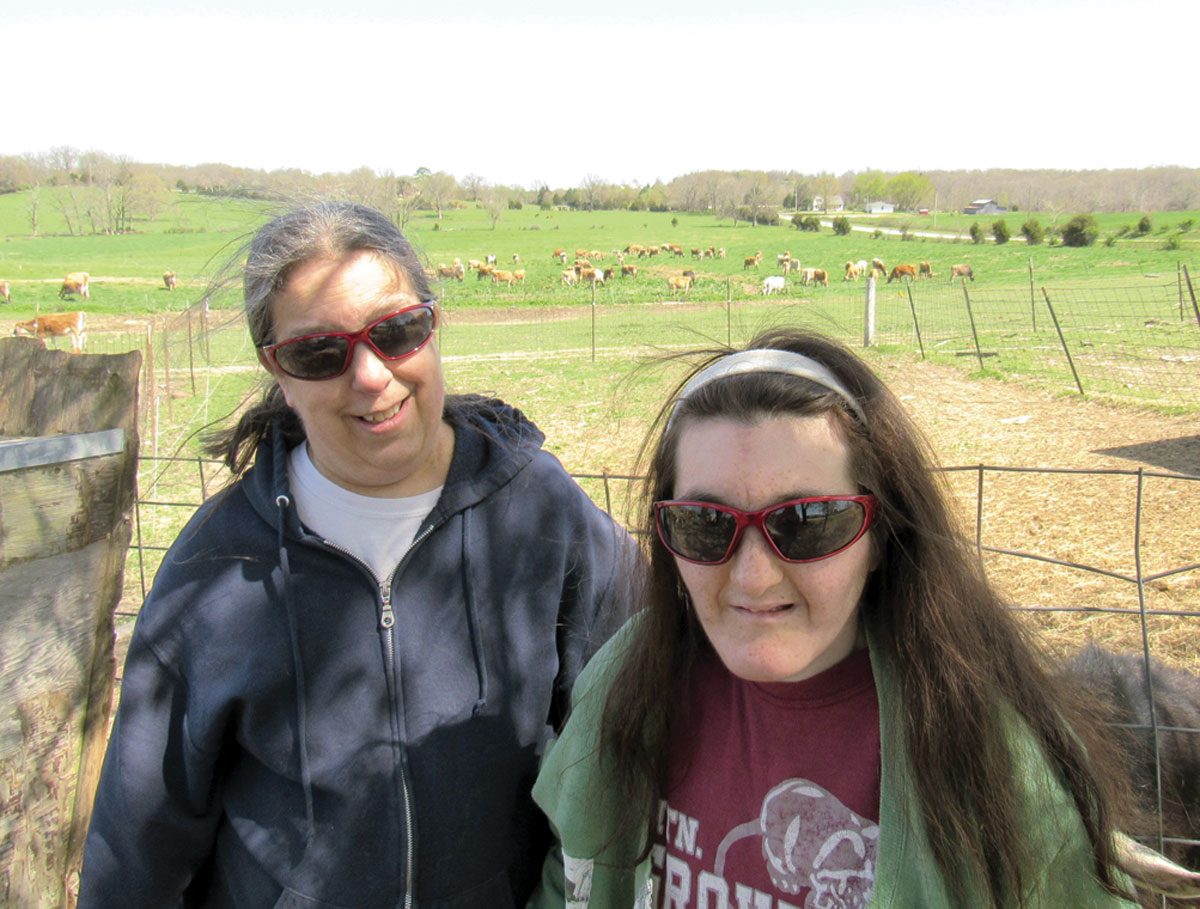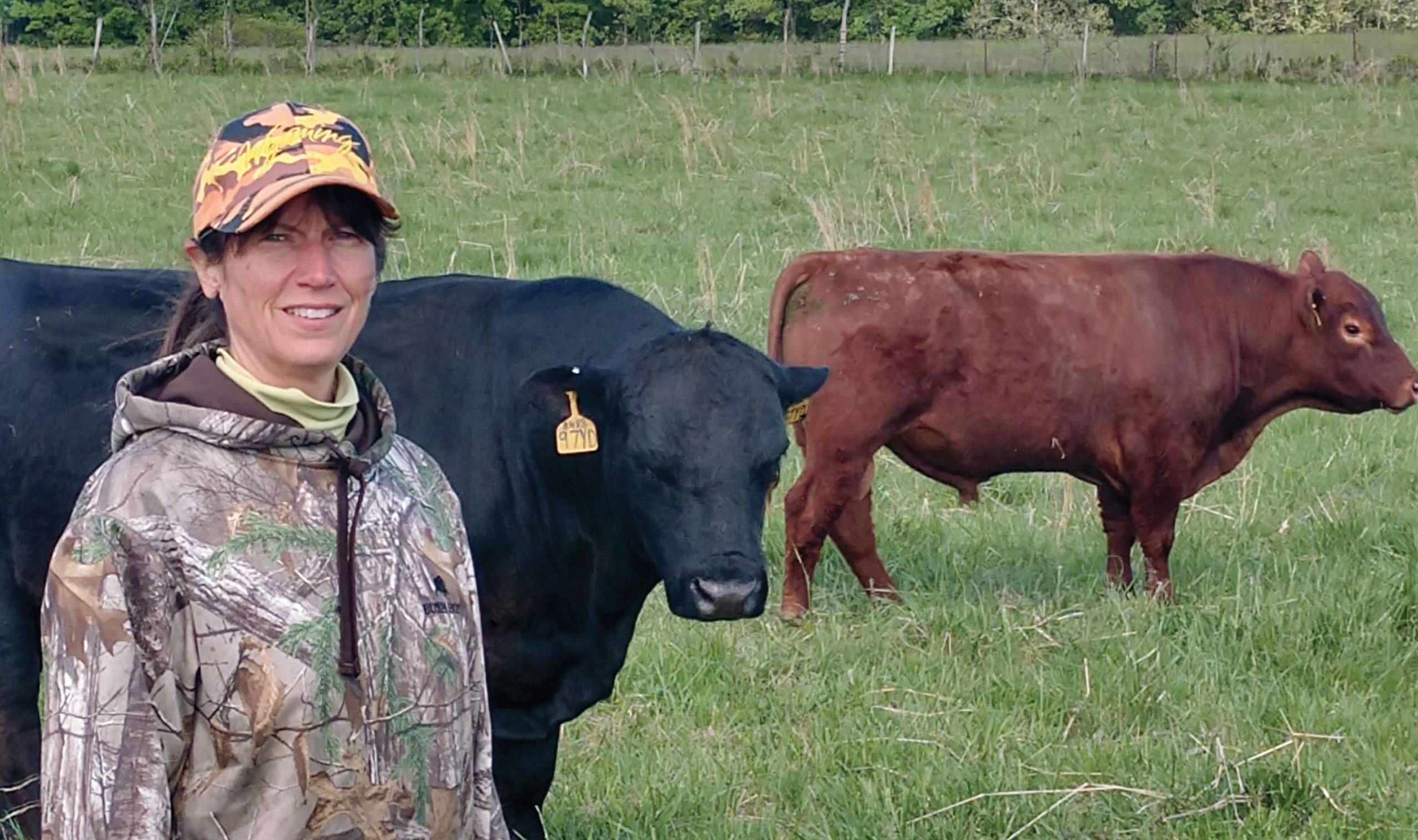
Family moves production from dairy goats to Jersey and Ayrshire cows
Evaporating markets prompted the Vantassel family to shift the focus of their dairy farm from goats to cows at a time when almost everyone else is doing the opposite.
The Ernest and Kimberly Vantassel family moved from Hartville to Cabool, Mo., in search of a bigger place for their large family and to better facilitate their shift in focus from shipping goat to cows’ milk.
Though raising goats was something of a passion project for Kimberly and her daughter Rebecca, the change was prompted when their main customer for goat milk, a cheese plant in Arkansas, shut down permanently. In order to keep selling milk, they had to shift their focus to where there was a market.
Luckily, the family has always raised Jerseys. When they started their farm in Texas County, their pastures were pretty run down. Because their feeding program is based on intensive grazing, this was a big problem.
Like most Missouri producers know, fescue was a hurdle to overcome, but with patient effort and the help of some Dutch white clover, their intensive grazing has yielded a thriving bovine dairy of 60 to 80 head. Their butterfat content holds steady between 3 and 4 percent throughout grazing season.
The family sells their rich milk to Central Equity Co-op.
Around the time of their move, they inherited several head of Ayrshires from Ernest’s father, W. Earl Vantassel. He spent a lifetime on this breed, and the family continues with them for sentimental reasons, despite the challenges presented by these attractive animals.
For instance, the Ayrshires have been very difficult to breed. The Vantassels have taken to freshening virgin Ayrshire heifers with their Jersey bull to keep birth weights down. These crosses can, in fact, be registered, so they lose nothing by this practice. Worse than the issue of birth weight is their Ayrshire calves have overwhelmingly been male throughout the years. There have been so many more bull calves than heifers that they only run about 10 Ayrshire heifers currently. Luckily, that is about to change.
Their breeding season yielded so many heifers for both their Jersey and Ayrshire herds that Kimberly had to double-check with Ernest that their AI tech had not used sexed semen.
Very happily, the luck of the draw had finally turned in their favor. They kept 15 heifer calves for replacement purposes, and they actually have several heifer calves for sale this year.
When they do keep either Jersey or Ayrshire bull calves, they go with production and type. They look for a history of high butterfat content and protein.
Despite their shift in focus, the Vantassels can’t be counted out as dairy goat breeders.
They have continued to raise Alpines and LaManchas for show and have shelves full of ribbons to justify their efforts. Their daughter Rebecca proudly showed off a grand champion show ribbon won by her favorite doe, “Eddie.”
Their goats and cows have worked in concert to produce healthy babies for each other.
“Good show goats also milk heavily,” said Kimberly. “I don’t care for commercial milk replacers. We raised calves with goat milk originally and we still do. What we don’t use or sell goes into our calves or kids. When we shipped goat milk, we fed mostly cow milk to the young animals because it made more financial sense.”
Dairy goats have always had a place on the Vantassel farm, and it appears they always will. As their daughter, Rebecca, put it, “The best people in the world are the people you meet at the goat show.”
Showing their goats also produces income. They breed for excellence and sell all superfluous kids.
They have also started selling raw goat milk on a small scale to private consumers who want it for a variety of reasons, including its health benefits or an allergy to cows’ milk. Unless a large market opens up, they don’t predict getting back to shipping goat milk anytime soon.
“Milk prices are horrible,” said Kimberly said. “It’s less than it was in the 1970s, and that was when a gallon of gasoline cost a quarter.”






